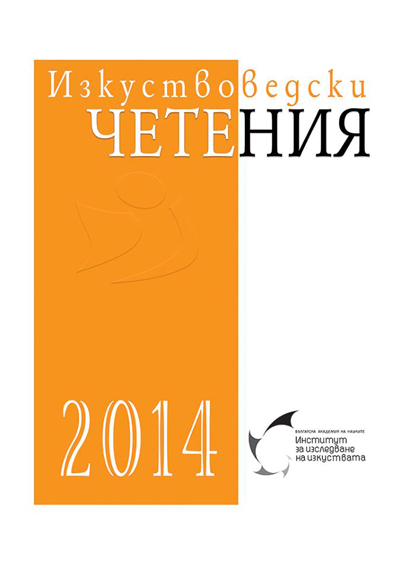Белези на тоталитаризма в архитектурата у нас през 80-те години на ХХ век
Features of Totalitarianism in Bulgarian Architecture of the 1980s
Author(s): Anton GugovSubject(s): History, Fine Arts / Performing Arts, Cultural history, Architecture, Visual Arts, Political history, Special Historiographies:, History of Communism
Published by: Институт за изследване на изкуствата, Българска академия на науките
Summary/Abstract: The 1980s are quite interesting to researchers of contemporary architecture. That decade was the last under Socialism in Bulgaria, under the so-called ‘mature Socialism’, exhibiting a number of emblematic, large-scale and unique architectural works, some of which are commensurate with the world achievements. Despite of the state-of-the-art devices and the different exteriors, the official design of the governmental buildings is close in terms of its inculcations to that of the governmental edifices of the era of ‘Socialist Realism’ (1949–1956). The period of dogmatic appliance of ‘Socialist Realism’ in architecture was long gone back then, but in the Communist Party’s programmes and architectural literature it was still existing as a guiding architectural method. The representative governmental edifices of the 1980s evince typical features of a totalitarian architecture. During the decade under consideration, unique public buildings were also erected in Bulgaria, which were in tune with the world trends. The core principles of post-modernism in a number of cases were successfully applied along with those of modernism.
Journal: Изкуствоведски четения
- Issue Year: 2014
- Issue No: 9
- Page Range: 506-512
- Page Count: 7
- Language: Bulgarian
- Content File-PDF

